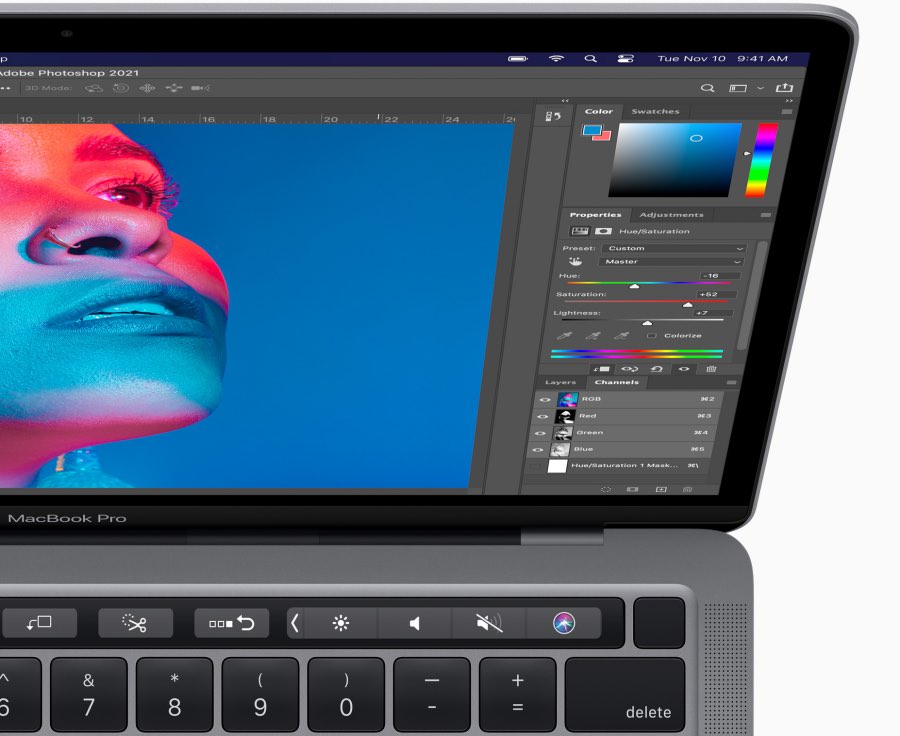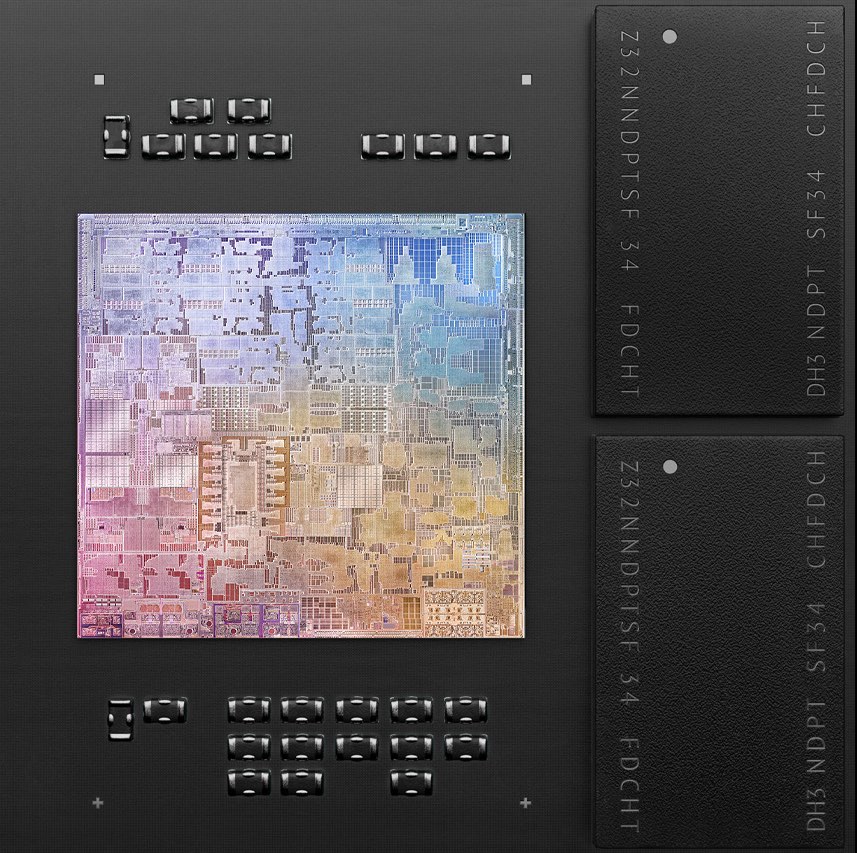
Above: There isn’t much difference to the design of Apple’s new M1 Macs, all the redesign happens inside the case. Photos courtesy Apple.
BitDepth#1276 for November 19, 2020
Last week, Apple announced the first three of its Macintosh computers powered by its home-brewed processor chip, the M1.
It’s the fourth CPU migration in the company’s computer line, and I’ve been here for all of them.
My first Mac was the Classic; a streamlined version of the original computer introduced in 1984. I bought it eight years after the first Mac, but the shape and general motherboard layout of the computer had only slightly evolved.
The processor running the computer was a 68000 chip from Motorola, a chipset improved twice before Apple moved to the ARM based PowerPC chip design from IBM.
Smaller tolerances in chip manufacturing increase transistor density, reduce power draw and deliver smaller, longer lasting mobile and portable devices.
The PowerPC, initially hailed as a breakthrough in processor speed and a powerful rival to Intel’s X86 chips, encouraged advertising braggadocio from Apple and powered a line of computers from 1994 to 2006. But IBM’s enthusiasm for developing an Intel alternative dimmed, and the chip’s development stalled.
So Apple switched to Intel’s processors, and until last week, the company relied on the market dominating chipmaker to chart the development of its computers.
Now the Mac is an in-house design from chip to casing, and Apple is back to touting the speed gains of a new, custom-designed hardware architecture as a selling point for the M1.
The new computers will be available from mid-November and buyers will wonder if it’s worth the risk making the jump to untested hardware.
For each of its chip migrations, Apple prepared for years before the switch.
Each of the previous three hardware changes had issues, but all improved the Mac computing experience.
Apple’s Catalina operating system was a canary in the coal-mine for Mac users. If your software couldn’t run on Catalina, it wasn’t ready for either the M1 or the new OS, Big Sur, the first to eleven.
Apple has been both manufacturing its own chips and inching its iOS and MacOS operating systems closer together for five years now.
Between the introduction of the indifferent A4 chip and this year’s A14 Bionic, the company’s chip designs have ignored contemporary chip architecture to emphasise circuitry consolidation, efficiency and end-user power.
The company now designs the processor chips for its Watch, earphone and headphone systems as well as those in its iPhones and iPads.
The new M1 follows the iPhone and iPad model of System on a Chip architecture, bundling RAM, CPU, GPU and its own bundle of AI and encryption chipsets into a single five nanometer block of silicon.
The M1 is the first mainstream computer processor manufactured using the 5nm process, drawing just 10 watts of power, compared to a laptop standard of 45w.
Intel has trailed the industry in migrating its chips from 14nm and 10nm, struggling to achieve market parity at even 7nm.
Smaller tolerances in chip manufacturing increase transistor density in chips of the same size, reduce power draw and align with customer preference for smaller, longer lasting mobile and portable devices.
In 2018, Apple’s iPad Pro running its A12 chip manufactured using a 7nm process was matching and exceeding the performance of Intel 14nm chips in computers.
Should you rush out to get an M1 Mac?
Not if you own a production system which you depend on daily.
I’ve been doing a ruthless accounting of the apps I use regularly — an absurd number — to decide if I’ll go to Big Sur, having avoided Catalina entirely.
Office 2011 and Photoshop CS6 won’t make the upgrade, and other apps may also fail.
My Big Sur test is coming up, but I’ll make a full clone of my system first. If too many critical apps founder, I’ll roll back if necessary.
Patience is merited, particularly since the first PowerPC and Intel Macs were only the beginning of improvements to the line.
Early online test reports bear out Apple’s deliberately vague announcement boasts of significant gains in processing power and battery life for thew M1 MacMacs.
If there’s no urgent need to upgrade, consider waiting for the M2 or even M3 chips to come along.
At Apple’s current rate of hardware updates, that should be two and three years out at most.



